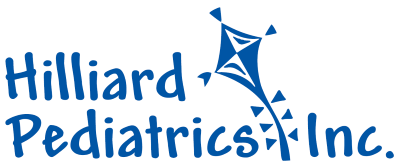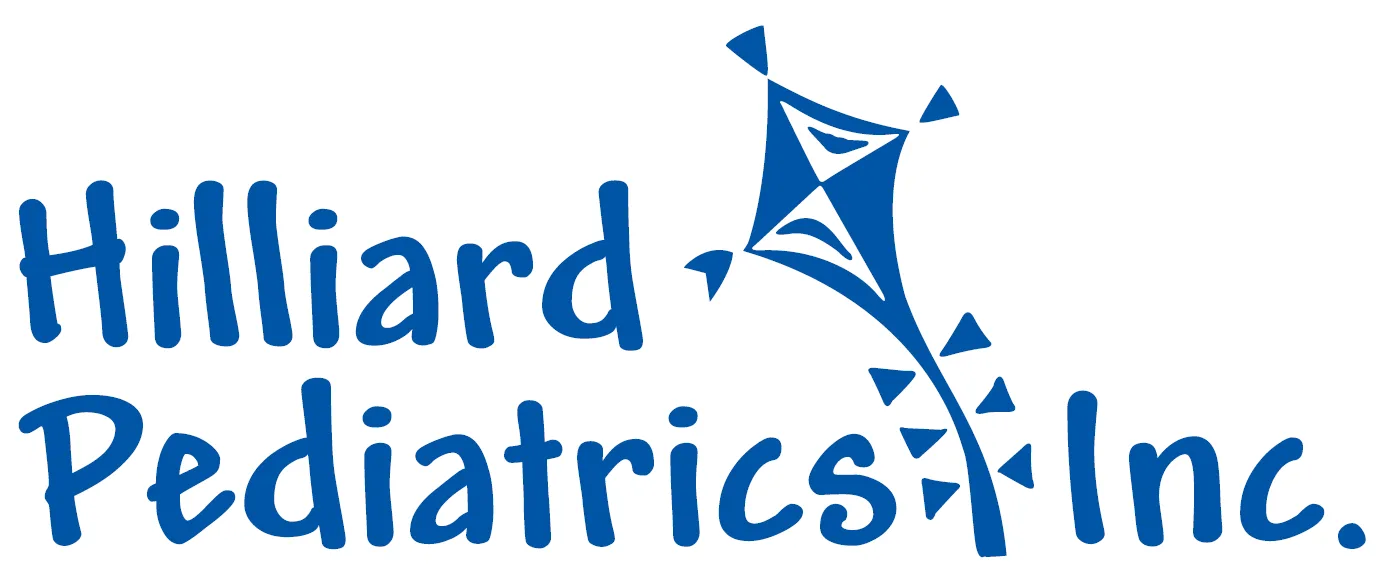Poison Plant Rashes
Hilliard Pediatrics, Inc. - Dr. Tim Teller, MD
Introduction
Rashes from contact with poisonous plants are very common. More than half of all children and adults will develop an itchy, spreading rash after touching these plants or touching something that contacted the plant. People who did not previously develop this rash may become more sensitive over time to these plants. Poisonous plant rashes are common amongst children, people who work outdoors, gardeners, campers, and hikers.
Plants That Cause Rashes
- Most people are aware of “the big 3”: poison ivy, poison oak, and poison sumac. Poison ivy and poison oak are the most common causes of poison plant rashes. However, there are a significant number of other plants that can cause the same rash. It is not possible to tell which plant caused the rash by looking at the rash. Other plants that can cause these rashes are:
- Mango (rind and sap)
- Japanese lacquer tree
- Cashew (oil from the shell of the nut)
- East Indian marking nut tree
- Ginkgo tree or Ginkgo biloba
- Malay rengas or black-varnish tree
- Brazilian pepper
- Dogwood tree
- “Leaves of Three, Let It Be.” Poison ivy, poison oak, and poison sumac each have 3 leaflets. Poison ivy is very common east of the Rocky Mountains. Poison oak is most common in the Western states. Poison sumac prefers swampy areas of the Southeastern states. In general, these plants have green leafs in Spring. The three leaves of poison ivy are irregular in shape and fan out in angles from each other. The berries of poison ivy plants are whitish to yellow-green, grow in grape-like clusters, and remain on the plant throughout the Winter. These poisonous plants can grow in your yard, the playground, parks, and the woods. It is very easy to come in contact with them.
- For children, telling them to avoid plants with clusters of three leafs can help avoid these rashes. If your children continue to get these rashes and you are unsure where the plants are that they are getting the rashes from, check your yard. If you need to look elsewhere, politely check out playgrounds, neighbor’s yards, and relative’s yards. If you need help identifying these plants, check the internet or your local library for resources that have color pictures.
- Many parts of these plants contain the oils that cause the problems for our skin: the leaves, stems, roots, and (possibly) the berries. These parts can cause problems whether they are alive or dead. These oils can penetrate through rubber (latex) gloves, but not through heavy-duty vinyl gloves. The poison ivy plants are difficult to kill: Brush-B-Gon® is thought to be effective if multiple treatments are used; Roundup® is likely less effective. These oils can be carried by pets on their fur (most animals do not react to the oils), on clothes, on tools, and in smoke from the burning of these plants. It is thought to be very unusual (if not impossible) for the oils to spread from one person’s skin to another’s skin. Therefore, poison plant rashes are not contagious.
Symptoms
- After contact, the rash and itching usually occur within 1-2 days. These reactions can occur in as little as 8 hours or as long as 10 days later. Itching usually begins first, and can be severe. Afterwards, the red, raised rash is noticed. The rash commonly develops blisters. The fluid from these blisters cannot spread the rash. New areas of rash often continue to develop for 7 days. This spreading of the rash occurs when the plants oils spread around to new areas before they are washed away. Some persons will have hives appear. The rashes heal completely over several weeks without true scarring. Temporary fading of the skin’s pigment can occur but improves over a number of months.
- It is uncommon for a poisonous plant rash to develop an infection. Watch for an area becoming more painful, with worsening surrounding redness, greenish discharge, and a fever. If this occurs, we will want to see your child in the office for an appointment
Treatment
Immediate Treatment
- If someone does come into contact with these plants, the skin should be cleaned with a mild soap and water as soon as possible. Although the oils can be absorbed within minutes, cleaning the skin within the first 2 hours after contact can help. Carefully clean underneath the fingernails to remove any oils present. Also carefully clean clothes, toys, or tools that contacted the plants.
Itching
- The most aggravating symptom is almost always itching. Most children will respond well to taking Benadryl® (diphenhydramine) by mouth. This over-the-counter medicine is available as Allergy or Dye-Free Allergy Liquid (12.5 mg/5 ml), Allergy Chewables (12.5 mg), and Capsules and Tablets (25 mg). The recommended dosing (not that on the package):
- Less than 25 pounds: 1/2 tsp (2.5 ml) of the Liquid
- 25-50 pounds: one tsp (5 ml) of the Liquid or one Chewable
- Greater than 50 pounds: two tsp (10 ml) of the Liquid or two Chewables or one Capsule or Tablet
- These doses can be given as often as every 4 - 6 hours for as long as the itching occurs. Decrease (cut in half) or stop the dose if your child becomes too drowsy or irritable with these doses. Dizziness and dry mouth can also occur. Realize that antihistamines like Benadryl rarely change the rash of poisonous plants, they just help with the itching. If your child is taking an antihistamine for allergies (such as Claritin®, Zyrtec®, or Allegra®), it is okay to use Benadryl® for itching; expect the drowsiness to be worse, however.
- Applying a thin layer of over-the-counter 1/2 - 1 % hydrocortisone cream twice a day for up to 7 days is an effective way to help with the itching. Applying these creams more often or for a longer time can thin the skin or increase the appearance of small blood vessels underneath the skin. Hydrocortisone creams can help the rash fade, unlike taking antihistamines (which only help with itching).
- Other effective ways to fight the itch is to have the child take a bath with Aveeno® Bath Treatment or Aveeno® Oil; apply calamine lotion or (even better) Caladryl® Clear gel to the skin; trimming back fingernails; using Benadryl® Spray or Itch-X® Spray on the skin; and having the child wear mittens or socks over their hands at bedtime (when itching tends to be worse).
The Rash
- As it says above, hydrocortisone creams can help fade the rash, but antihistamines will not.
- For children with blisters, applying cool compresses with clean towels or gauze pads soaked in over-the-counter Burow’s® solution (1:40 dilution) or Domeboro® Burow’s solution (one tablet in a pint of water) for 15 minutes 2 - 4 times a day will help dry and heal them. This treatment will also decrease the chance of a skin infection.
Prescription Medicines
- Most children with poisonous plant rashes will not need prescription medications.
- If the itching is severe and not helped by the above measures, we will try a prescription-strength antihistamine such as Atarax®. This has the same side effects as Benadryl®: drowsiness (some children will be less drowsy than with Benadryl, some more), dizziness, and dry mouth. If the rash or the itching needs further treatment, we will need to see your child in the office for an appointment.
- If the rash is localized to small areas, we will likely treat with a prescription-strength hydrocortisone-like cream. If the rash spreads rapidly, covers a large area, and/or is on the face, we will discuss with you whether to treat with prednisone, such as Orapred®. Prednisone, a steroid taken by mouth, is the most effective treatment for the rash from poisonous plants. It works rapidly over 1 - 2 days to dramatically fade the rash and reduce the itching. If we do prescribe prednisone, it is very important to finish the entire 10 - 14 day course of the medicine. If the medicine is stopped after the rash and itching have faded over the first few days of the medicine, the rash will come right back.
- You may be familiar with a shot given to treat poison ivy. A steroid (like prednisone) can be given by shot, BUT it only helps for a few days, when we need the steroid to keep working for 10-14 days. Therefore, we do not treat with a shot.
- Antibiotics will only help if there is a bacterial infection to the effected skin and are only used when there is an infection.
Prevention
- Avoiding the plant or something (clothes, pets, etc.) that contacted the plant is the most effective way of preventing these problems.
- Although you may have heard otherwise, “shots” (hyposensitization or allergy shots) or taking a form of the poison ivy oil by mouth WILL NOT help prevent poison ivy.
- Barrier creams - These creams aim to help you and your children avoid poison plant rashes if you are susceptible to them. They are to be applied before contact with the plant. An FDA-approved barrier lotion is now available over-the-counter. IvyBlock® lotion (EnviroDerm Pharmaceuticals). It is a clay-like substance that can dramatically lower the risk for developing a poison ivy rash or decrease how severe a rash would be expected to be. Follow the package instructions. IvyBlock® is approved for adults and children 6 and above.
Last Updated: 07/2019

